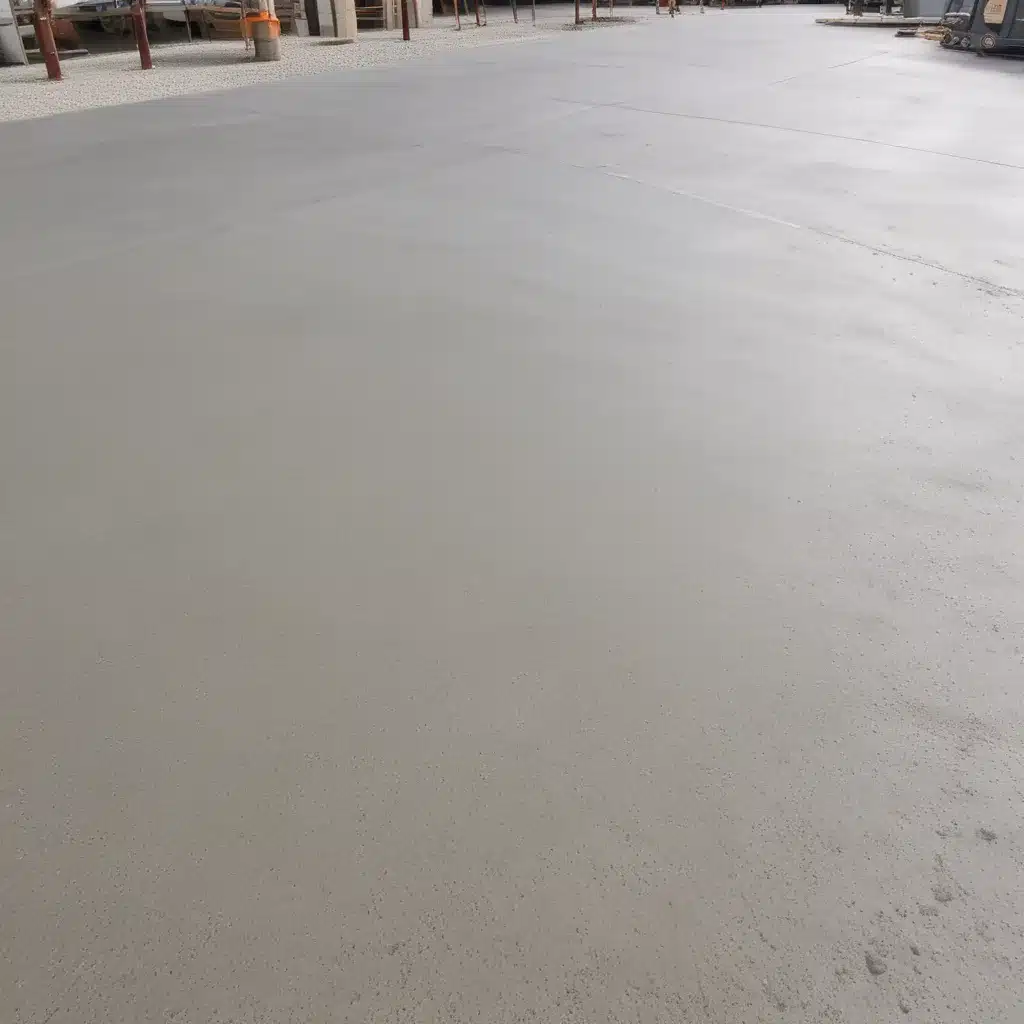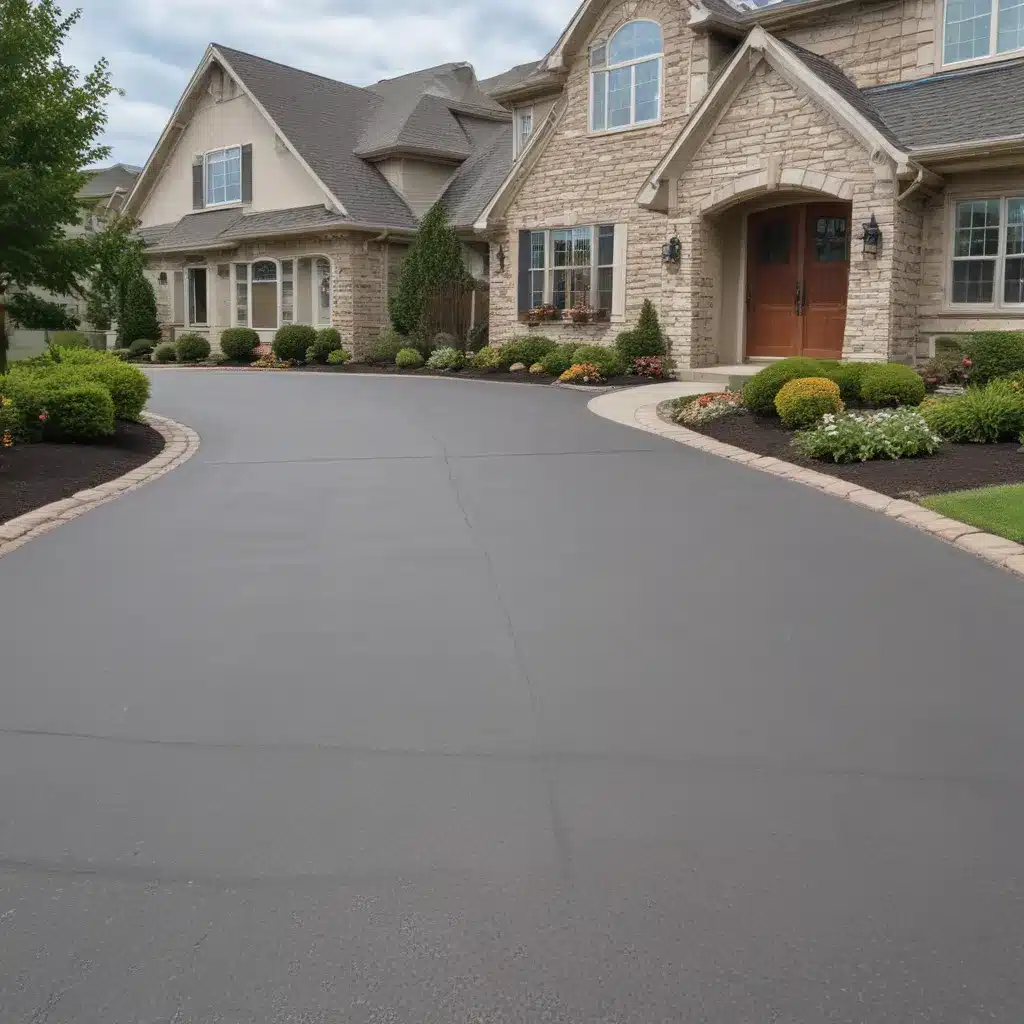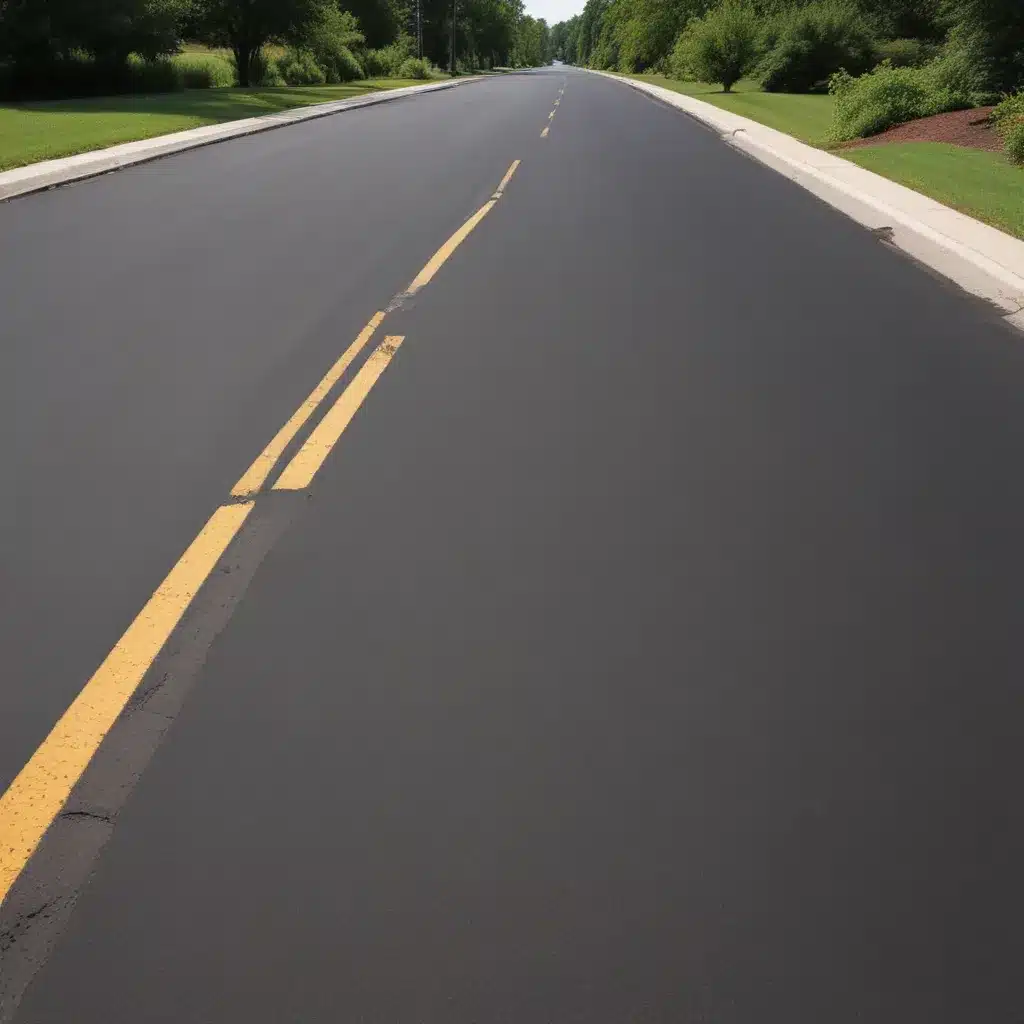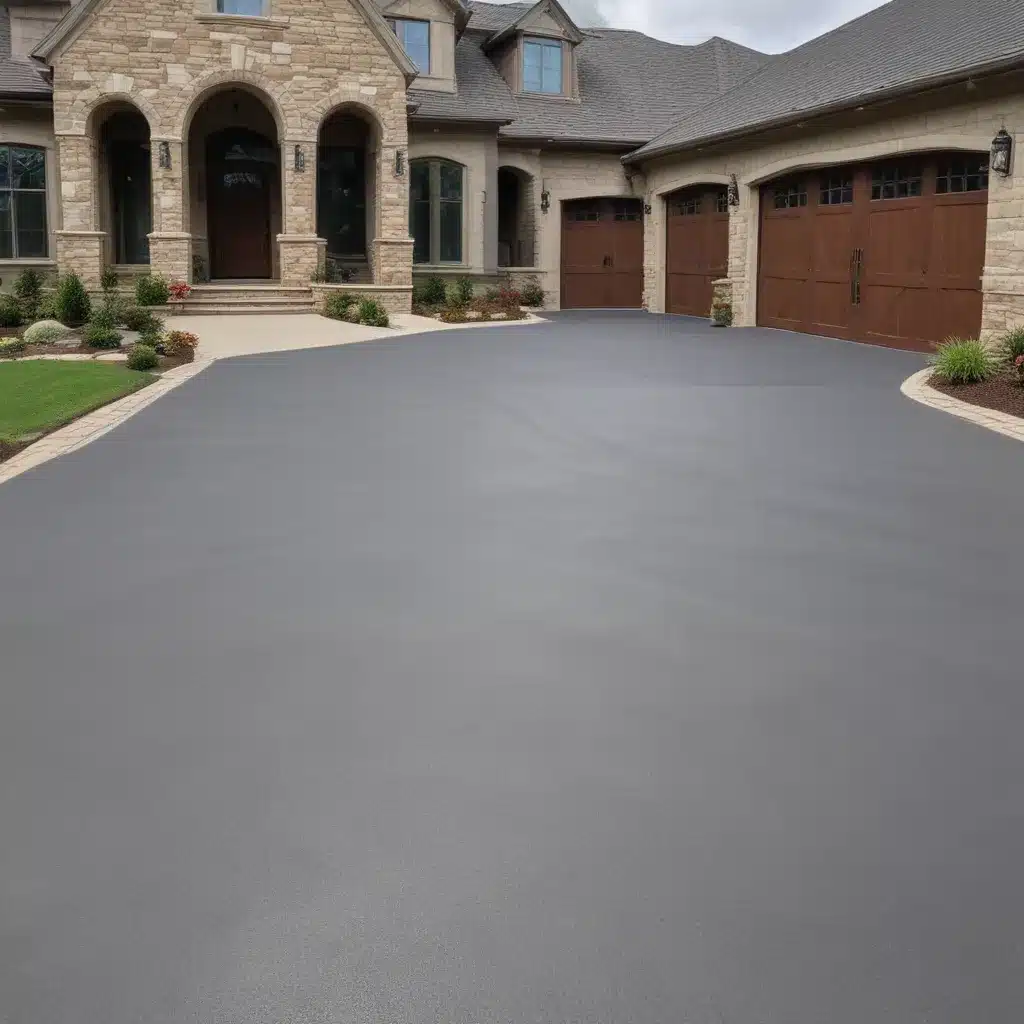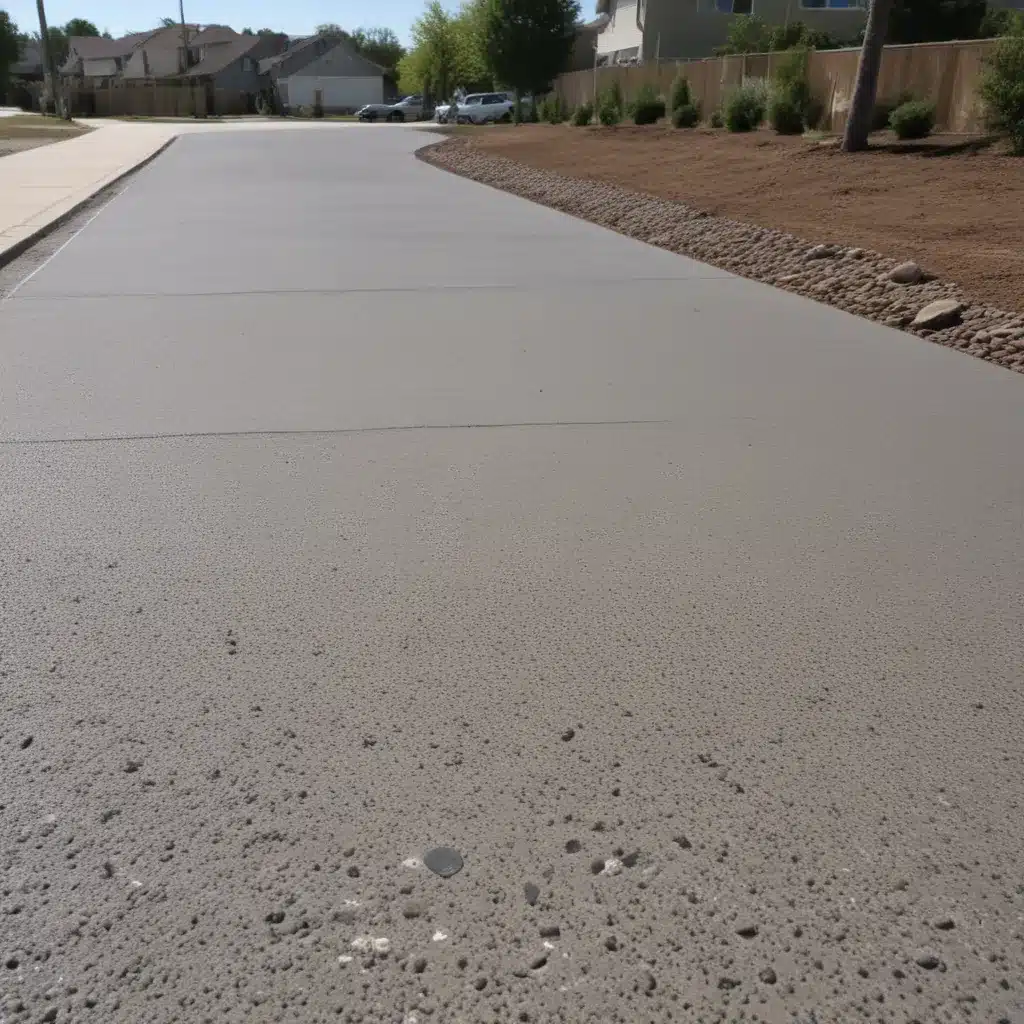Understanding the Importance of Slip-Resistant Driveways
As I pull up to my own driveway, I can’t help but notice the subtle sheen on the surface – a telltale sign that the concrete has been expertly finished to be slip-resistant. This is no mere aesthetic choice, my friends. Nay, it is a matter of utmost importance when it comes to the safety and wellbeing of my family and visitors. You see, a driveway that lacks proper skid-resistance can be a treacherous trap, just waiting to send an unsuspecting soul tumbling to the ground.
But why, you may ask, is this such a critical consideration? Well, allow me to enlighten you. Picture this – it’s a rainy day, and you’re hurrying to your car, arms full of groceries. Your foot hits the driveway, and suddenly, it’s as if you’ve stepped onto an ice rink. Your heart races as you struggle to regain your balance, narrowly avoiding a nasty fall. Or, imagine a frosty winter morning, when the driveway is coated in a slippery layer of ice. Grandma ventures out to retrieve the newspaper, only to slip and twist her ankle, leaving her in pain and unable to get around.
These scenarios, my friends, are all too common when a driveway lacks the proper skid-resistance. And the consequences can be far-reaching, from minor scrapes and bruises to serious injuries that require medical attention. That’s why, when it comes to choosing a driveway material, the importance of a slip-resistant surface simply cannot be overstated.
Evaluating Driveway Materials for Optimal Skid-Resistance
Now, you might be wondering, “But what exactly makes a driveway surface skid-resistant?” Well, it all comes down to the material and the way it’s finished. Let’s take a closer look at some of the most popular driveway options and how they measure up when it comes to slip-resistance.
Concrete: Ah, the classic choice for driveways. Concrete can be an excellent option for skid-resistance, but it all depends on the finishing touch. A smooth, polished concrete surface can actually be quite slippery, especially when wet. However, by incorporating a textured, broom-finished surface or adding a non-slip additive, concrete can become a wonderfully safe and slip-resistant choice.
Asphalt: While asphalt may not have the same aesthetic appeal as concrete, it can actually be a surprisingly effective option when it comes to skid-resistance. The natural roughness of the asphalt surface provides excellent traction, making it a great choice for those who prioritize safety.
Pavers: Interlocking pavers are another popular driveway material, and they can also be designed with slip-resistance in mind. By choosing pavers with a textured surface or a slightly rougher finish, you can ensure that your driveway remains safe and secure, even in inclement weather.
Stamped Concrete: For those who want the look of a more unique and decorative driveway, stamped concrete can be a fantastic option. But here’s the catch – the stamping process can sometimes create a somewhat slippery surface. To combat this, be sure to choose a stamped concrete finish that incorporates a non-slip additive or a textured pattern.
As you can see, the choice of driveway material is just the first step in ensuring a slip-resistant surface. The real key lies in the finishing touches – the textures, additives, and surface treatments that can make all the difference in keeping your family and guests safe.
Factors to Consider When Choosing a Slip-Resistant Driveway
Now that we’ve explored the various driveway materials and their potential for skid-resistance, let’s delve a bit deeper into the factors you should consider when making your choice.
Climate and Weather Conditions: One of the most crucial factors to consider is the climate and weather conditions in your area. If you live in a region with frequent rain, snow, or ice, then a highly slip-resistant driveway is an absolute must. On the other hand, if you reside in a more temperate climate, you may have a bit more flexibility in your choice of materials.
Foot Traffic: Another important consideration is the level of foot traffic your driveway will be subjected to. If you have a lot of visitors, deliveries, or family members coming and going, then a skid-resistant surface becomes even more critical. After all, you want to ensure the safety of everyone who sets foot on your property.
Maintenance Requirements: Let’s not forget the importance of maintenance when it comes to keeping your driveway slip-resistant. Some materials, like stamped concrete, may require more frequent sealing or re-texturing to maintain their non-slip properties. Be sure to consider the long-term upkeep required for your chosen driveway surface.
Aesthetic Preferences: While safety should be the top priority, it’s also important to consider the aesthetic appeal of your driveway. After all, this is the first thing visitors will see when they arrive at your home. Fortunately, there are plenty of slip-resistant options that can also complement the overall design of your property.
By carefully weighing these factors, you can ensure that you make the best possible choice for a driveway that not only looks great but also prioritizes the safety of everyone who uses it.
Real-World Examples of Successful Slip-Resistant Driveway Installations
Now, let’s take a step back and look at some real-world examples of successful slip-resistant driveway installations. These stories will not only inspire you but also provide valuable insights into the process of choosing and implementing a safe, skid-resistant surface.
The Retirement Community’s Transformation
In a bustling retirement community, the management team was faced with a troubling issue – several residents had experienced nasty falls on the community’s driveway, leading to injuries and increased liability concerns. After careful consideration, they decided to take action and transform the driveway into a veritable oasis of slip-resistance.
“We knew we had to do something,” said the community manager, Jessica. “The safety of our residents was our top priority, and the old driveway just wasn’t cutting it. We did our research and ultimately settled on a textured, stamped concrete surface with a non-slip additive. The transformation was nothing short of remarkable – the driveway now looks fantastic, and the residents feel so much more secure when they’re coming and going.”
The results speak for themselves. Since the driveway renovation, the number of slip-and-fall incidents has plummeted, and the residents have been nothing but grateful for the increased safety and peace of mind.
The Homeowner’s Driveway Dilemma
For Sarah, a homeowner in a picturesque suburban neighborhood, the decision to upgrade her driveway was a no-brainer. She had witnessed too many close calls with her elderly neighbors struggling to navigate the slippery surface, and she knew it was time for a change.
“I just couldn’t bear the thought of someone getting hurt on my driveway,” Sarah confessed. “It was always a worry, especially in the winter when the ice would build up. I did a lot of research and ultimately decided on a broom-finished concrete driveway with a specialized non-slip additive. The difference is like night and day – the surface is so much more textured and secure, and I feel so much better knowing that my family and neighbors are safe.”
Sarah’s story is a testament to the power of prioritizing safety and the difference it can make in a community. By taking the time to find the right slip-resistant solution, she has not only enhanced the safety of her own home but has also set an example for her neighbors to follow.
Conclusion: Embracing the Benefits of a Skid-Resistant Driveway
As I look back on these real-life examples, I’m struck by the profound impact that a slip-resistant driveway can have on a community. It’s not just about the aesthetics or the perceived value of the property – it’s about keeping our loved ones safe and secure, and ensuring that everyone who sets foot on our driveways can do so with confidence and peace of mind.
So, if you’re in the market for a new driveway or considering a renovation, I urge you to make skid-resistance a top priority. Take the time to explore the various material options, weigh the factors that are most important to you, and don’t be afraid to consult with the experts. After all, a driveway that prioritizes safety is not just a practical investment – it’s a testament to the care and concern you have for those who matter most.
Remember, a slip-resistant driveway is not just about avoiding falls and injuries; it’s about creating a welcoming and secure environment for all who enter your domain. So, let’s embrace the power of skid-resistance and enjoy the peace of mind that comes with knowing our loved ones are safe and secure, no matter the weather or the conditions underfoot.

